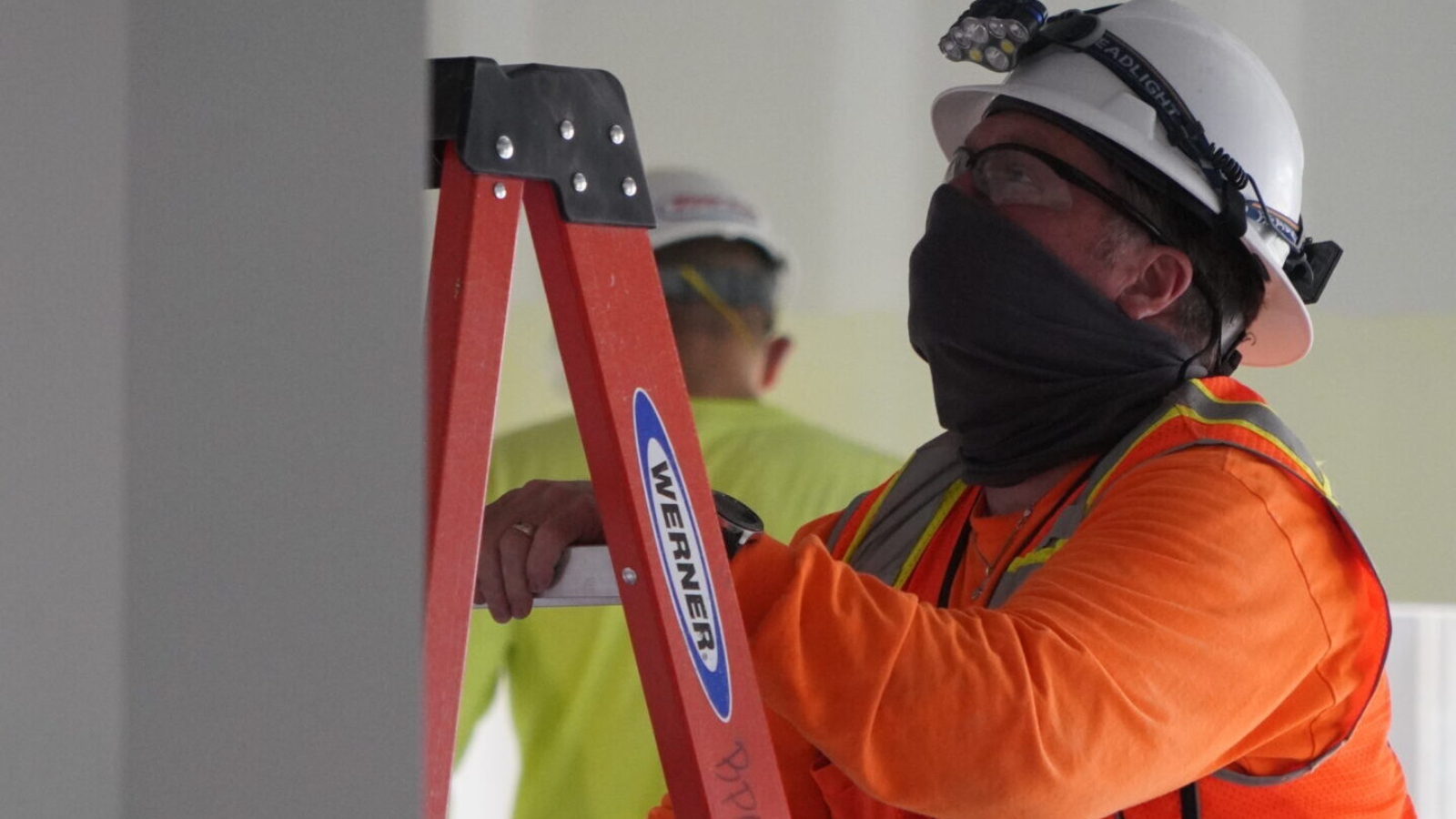During the holiday season, people use ladders at home for Christmas decorations. Our crews also use ladders daily. Inspection of a ladder before use can save you a trip to the emergency room, so we wanted to share this important safety information before the Holidays!
Visual Examination:
- Check for Structural Integrity: Inspect for cracks, bends, or splits in the ladder’s rails, rungs, or steps.
Look for Corrosion or Rust:
- These can weaken the ladder’s metal parts.
- Verify Proper Function of Moving Parts: For extension ladders, ensure locks and pulleys are in good working order.
Stability Evaluation:
- Firm Footing: Confirm that the ladder’s feet or base are in good condition and not worn out.
- Secure Positioning: Test the ladder on a stable surface to ensure it doesn’t wobble or shift unexpectedly.
Label and Markings:
- Check Labels: Ensure all safety labels, load capacity information, and manufacturer details are visible and legible.
- Inspect Markings: Look for any damage or fading on caution signs or instructional markings.
Additional Considerations:
- Previous Damage: If the ladder has been involved in any accidents, it requires a more thorough inspection.
- Storage Conditions: Improperly stored ladders can also deteriorate; ensure they are kept in dry and safe environments.
Frequency of Inspections:
- Routine Checks: Perform inspections at a minimum before each use.
- Periodic Full Inspections: Schedule detailed examinations with a competent person at least once every 6 months or as recommended by the manufacturer.
Safety Precautions:
- Proper Usage: Always follow the manufacturer’s weight capacity and usage guidelines.
- Climbing Safely: Maintain three points of contact while climbing: two hands and one foot or two feet and one hand.
- Buddy System: Have someone assist when using a ladder, especially for extended or risky tasks.
Proper Step Usage
- On a stepladder, never utilize the top 2 steps for standing or as a work space. This is a best practice with ladders as the higher you go the less brace points you have on a ladder and the 3-points of contact rule can no longer be followed. Another reason is working on the top steps of a stepladder causes the ladder to become unstable and has a higher chance for it to tip over, causing a fall.
- On an extension ladder, never utilize the top 3 steps unless the ladder is specifically designed to be climbed on both sides.
Stay safe and have a beautiful Holiday Season!
About BPG Designs: BPG is a Telecommunication Infrastructure Company specializing in providing Turnkey Solutions from concept to connection for our customers. BPG was founded in 2000 in Phoenix, Arizona, and has expanded its markets with offices in Las Vegas, Nevada, and Fullerton, California.
We live the BPG Way every day, which means, We Care, We Find a Way, We Do the Right Thing, and We Are Passionate To Learn and Grow.

